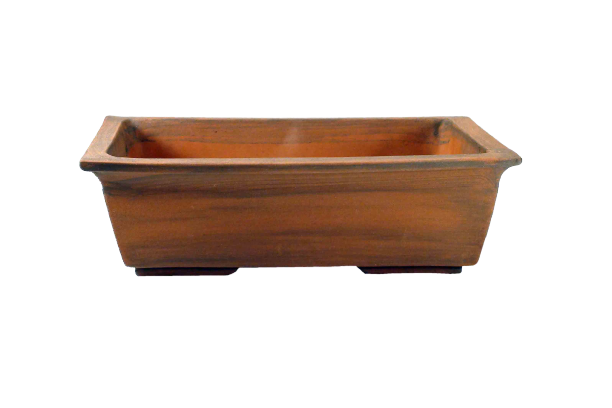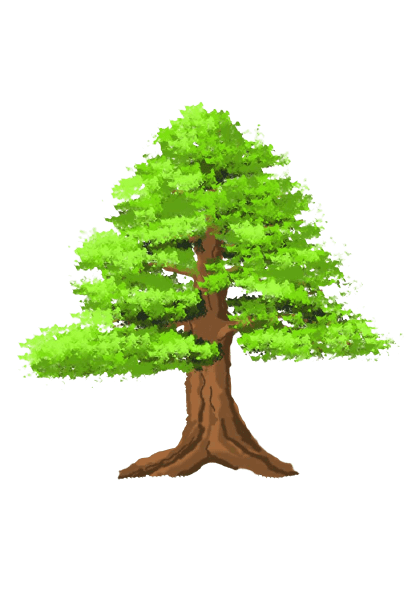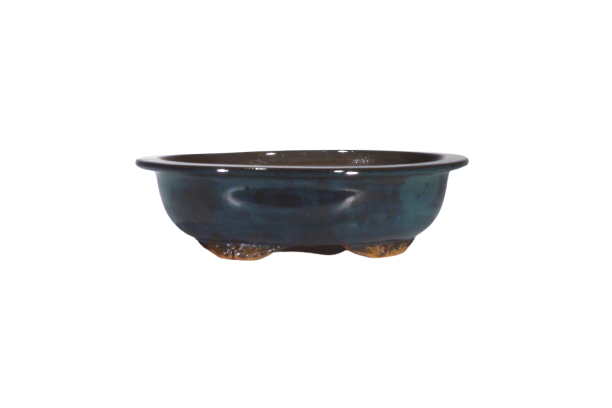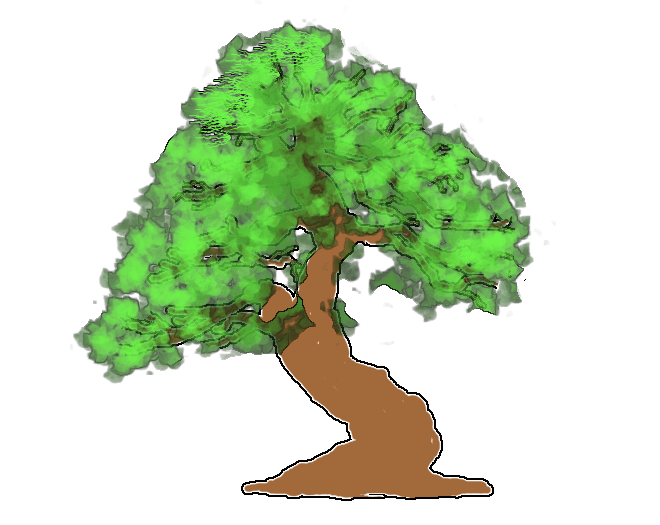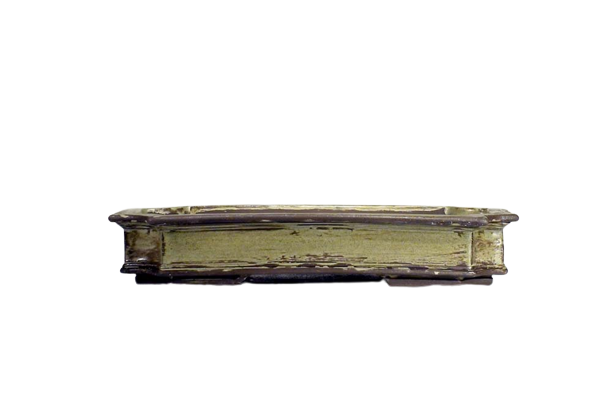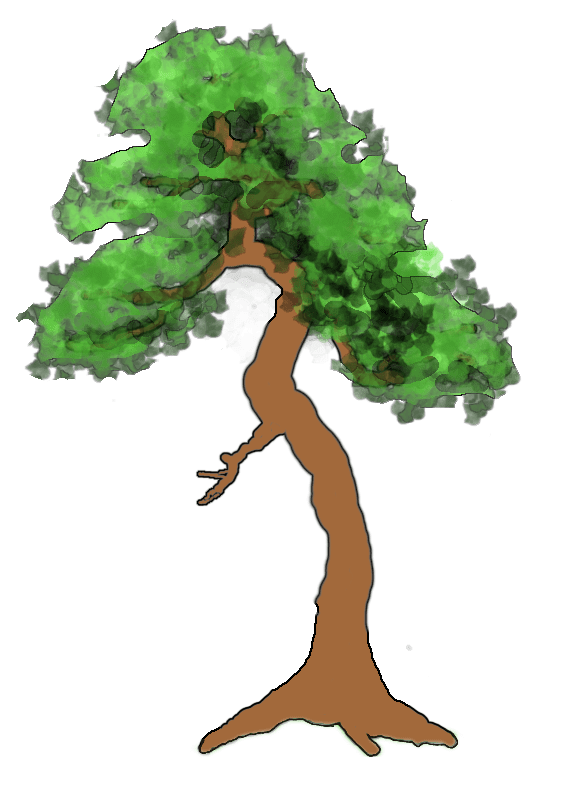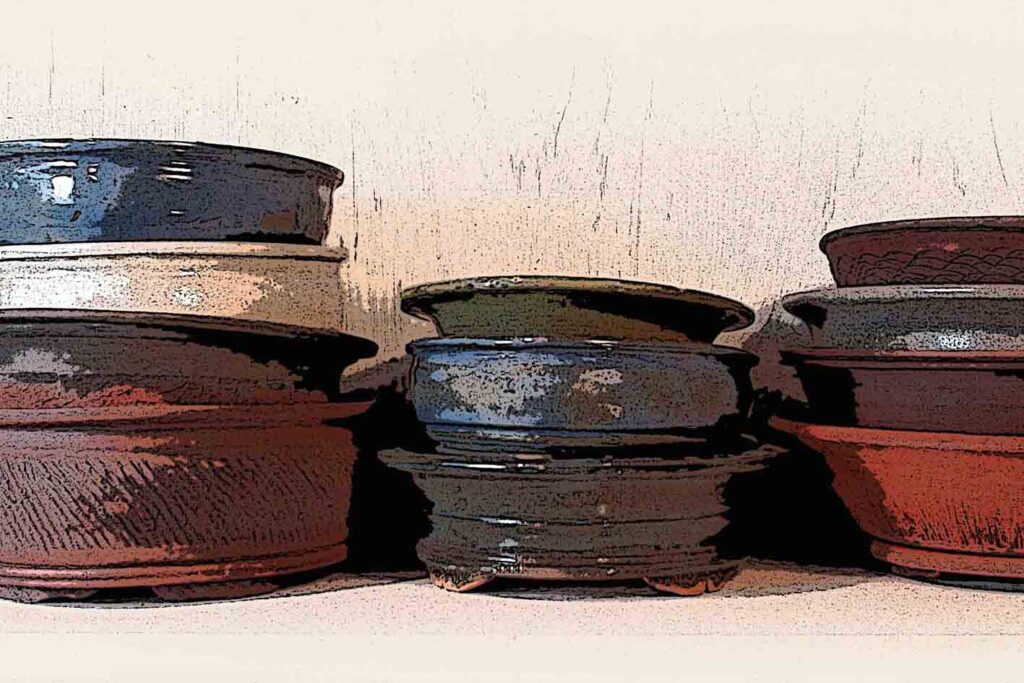
Styles of bonsai pots
« Shin, Gyō, Sōh »
Partie – 2
Claude Savard
CSCeramique
The "Shin, Gyō, Sōh" styles define various forms of bonsai pots, playing an essential role in the overall aesthetics of the trees. So, to maintain the visual harmony of bonsai, it's crucial to choose the right pot.
The "Shin, Gyō, Sōh" styles of bonsai pots.
In this article, we tackle a subject often ignored by many hobbyists, who mistakenly believe that bonsai pots are suitable for all kinds of trees. In addition, we will examine the "Shin, Gyō, Sōh" styles. In a previous article entitled « The shapes of bonsai pots » I explained the importance of pot choice in creating the perfect harmony with a bonsai tree. In this new perspective, we take a complementary approach, highlighting the importance of styles in the art of bonsai.
Le style «Shin» privilégie un pot rectangulaire, droit et haut pour renforcer la solidité et la stabilité, mettant en valeur la verticalité de l’arbre. En revanche, le style «Gyō» opte pour des pots ronds ou ovales, favorisant l’harmonie naturelle avec les courbes et les mouvements du bonsaï, donnant un aspect équilibré et doux. Quant au style «Sōh», il préfère les pots carrés ou rectangulaires aux bords arrondis et aux angles adoucis, fusionnant lignes droites et courbes pour évoquer élégance et raffinement.
The style of pot depends on the type of bonsai, the desired visual effect and the size of the tree. By paying careful attention to these details, you'll create a harmonious presentation that highlights the distinctive beauty of each bonsai.
Three characteristics of Japanese culture.
The Japanese group these characteristics into three categories: Shin, Gyō and Sōh. In addition, these three characteristics are closely linked to writing as well as to Japanese culture in general.

Le style «Shin» se caractérise par une écriture rigide et des symboles parfaitement définis. De plus, il peut être assimilé à une lettre majuscule occidentale, à la fois épaisse et précise. En outre, ce style est souvent lié à des arbres imposants, évoquant ainsi la notion de lourdeur, tout en présentant des lignes marquées par des angles aigus.

En ce qui concerne le style «Gyō», il se distingue par son écriture délicate et stylisée, avec des caractères élancés, faciles à lire. Il tire son inspiration de la féminité en évoquant les lignes sinueuses, gracieuses et élégantes d’un arbre. Dans ce style, l’accent est fréquemment mis sur la poterie de forme ovale.

Pour terminer, le style «Sōh,» en revanche, présente une écriture plus irrégulière, avec des symboles moins stylisés et définis. Il s’apparente à une écriture cursive, légère et libre, variant d’une personne à l’autre. De nombreux bonsaïs sont classés dans ce style, car il est rare de trouver un bonsaï qui correspond exactement à un modèle préétabli.
In the previous examples, I may have approached these notions in an awkward and simplistic way, as the Japanese integrate this way of thinking into their relationship with everything around them, including bonsai.
What do these categories mean for the bonsai pot?
shin
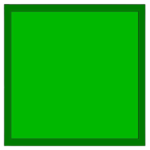
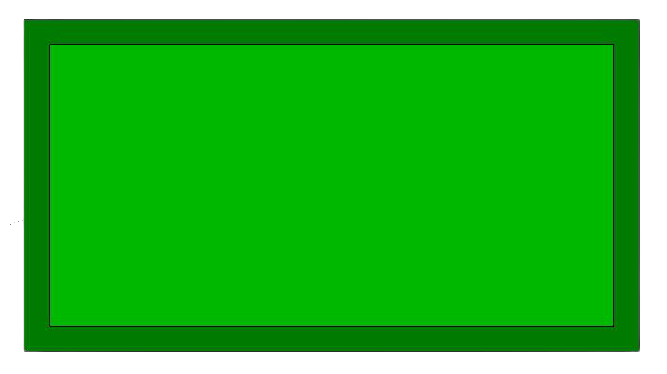


These pots are linked to trees with a masculine character. They are characterized by straight lines, an imposing appearance and a lack of refinement. Square or rectangular shapes reinforce this masculine impression. In addition, conifers are often found with trunks and branches forming sharp angles. In addition, dead wood (shari) and dead branches (jin) are frequently found on these trees.
Certain species of deciduous trees, such as plum, hornbeam or azalea, can also be used to create this effect. In both cases, these trees evoke an image of mass and robustness. The pots in question feature natural clay colors, with no glaze and often no texture. The most commonly used shades are browns, terracotta and shades of gray, reminiscent of the colors of stone.
Gyō
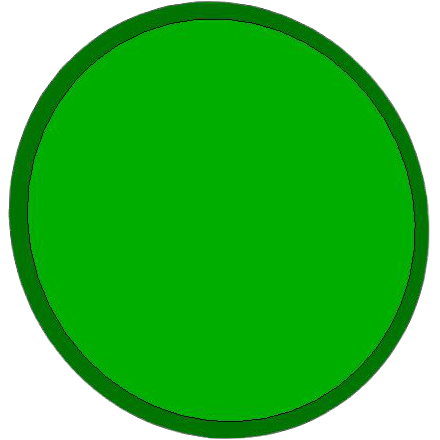
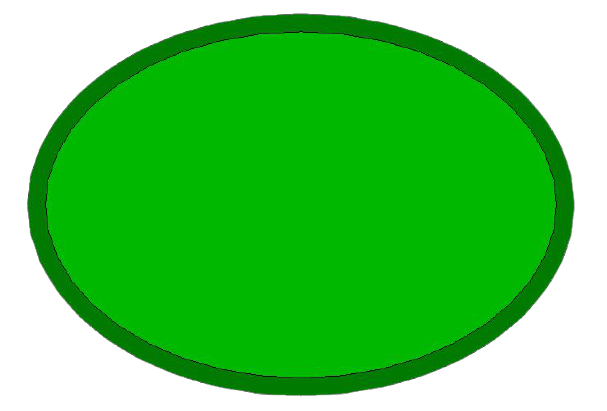
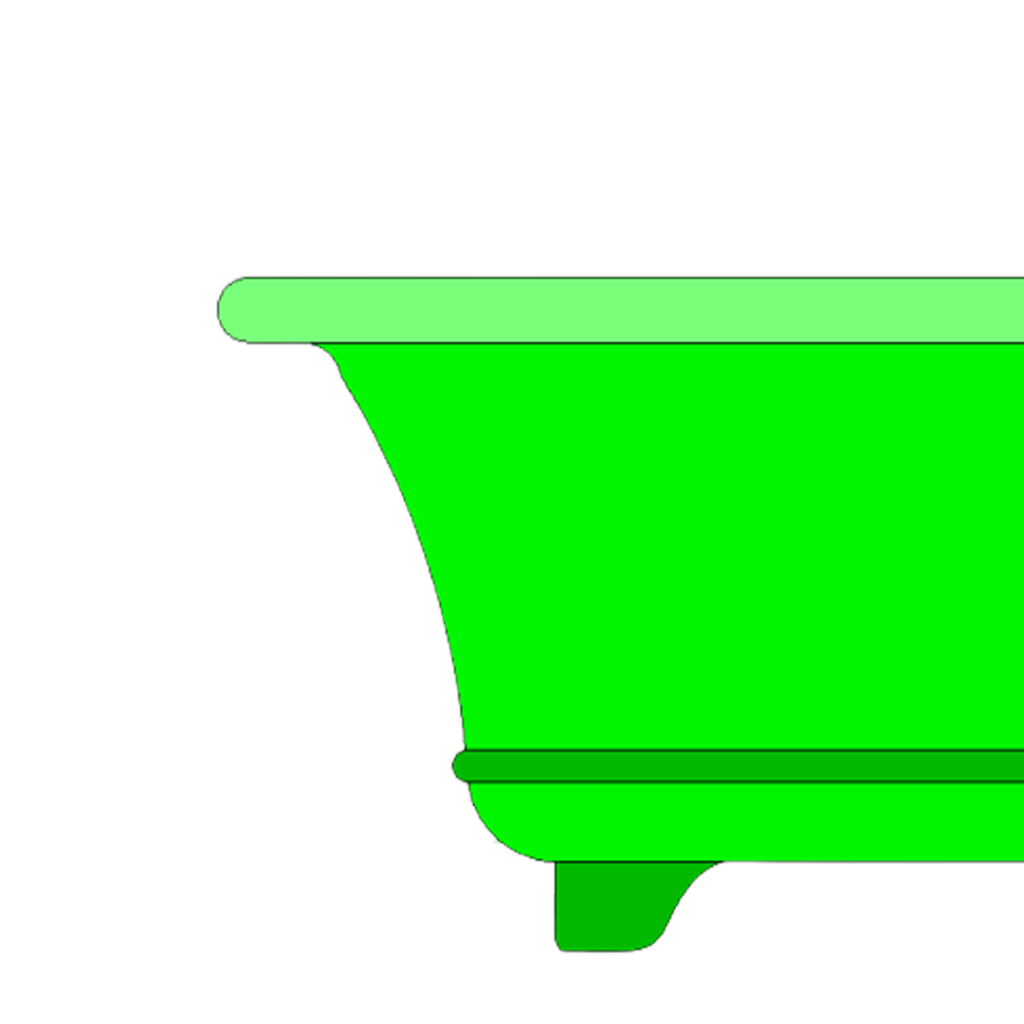
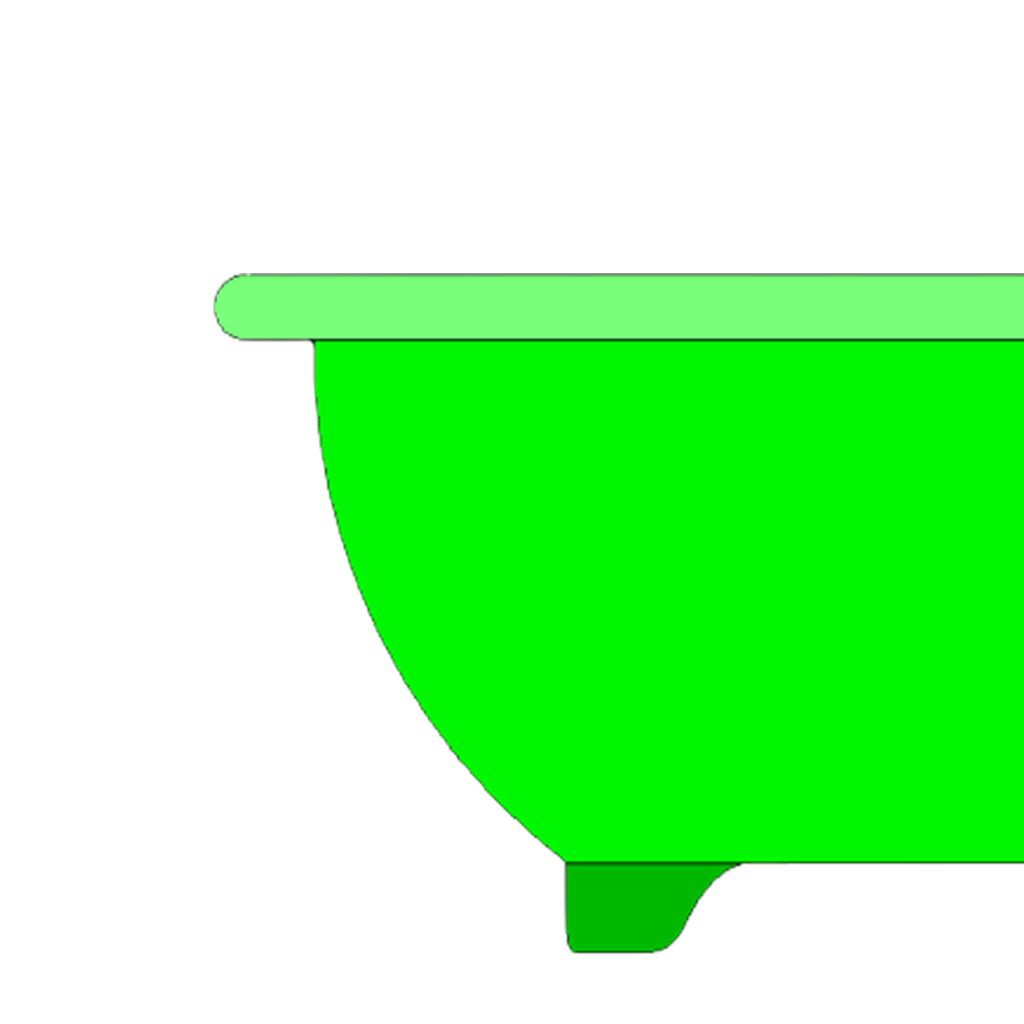
Ces éléments diffèrent totalement du style «Shin». Ils incarnent l’image féminine en bonsaï, mettant l’accent sur des lignes douces et utilisant des poteries féminines pour refléter cette esthétique.
Oval pots are common. They can be plain or textured. Conifers prefer unglazed pots, while deciduous trees prefer glazed, matte or semi-matte pots. In both cases, you have the option of adding motifs such as flowers, leaves or engravings. Cups can vary from convex to concave.
Pots often have higher feet, sometimes adorned with motifs that reinforce their feminine appearance. For example, pots often appear to be wearing high heels.
Sōh
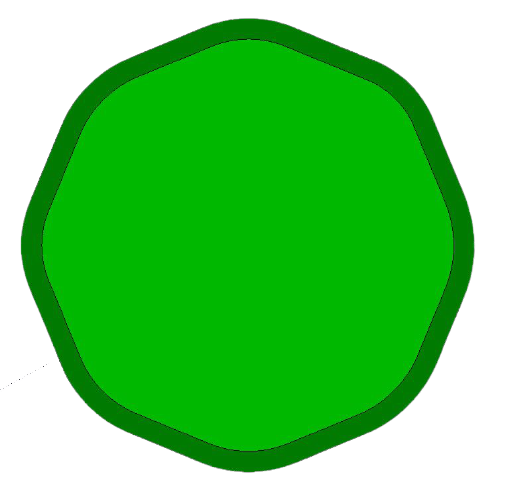
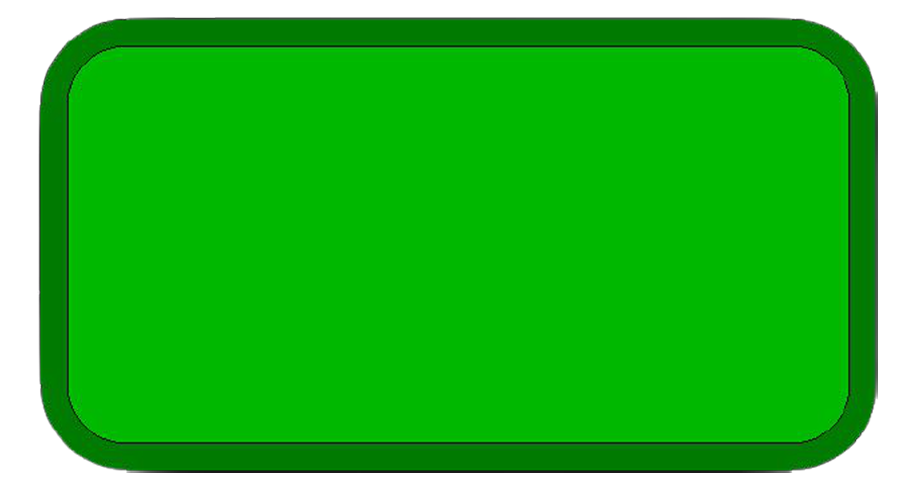
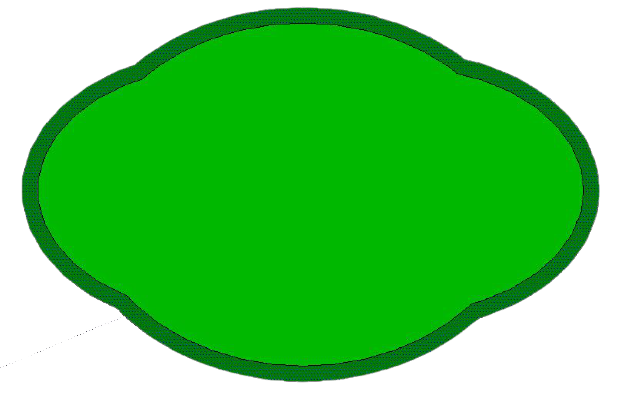
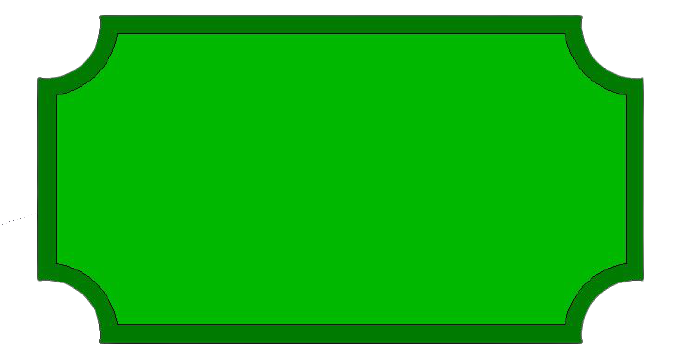
Pots in this category offer a wide variety of shapes, from polygons to pots with rounded contours, irregular shapes, plates and shells. This is generally where you'll find the most common bonsai styles. However, it's rare to find a tree exclusively associated with one of the other two categories.
This category of pots offers numerous aesthetic options for showcasing bonsai. Polygons create clean geometric lines, adding an architectural dimension. On the other hand, rounded pots bring softness and harmony, blending perfectly with the organic curves of miniature trees.
Irregular shapes add modernity and originality. They capture natural asymmetry, creating a striking contrast with the regular shapes of the trees. On the other hand, plates and shells are used to design miniature scenes, placing trees in specific landscapes or atmospheres.
It's essential to note that you should choose the right pot for a bonsai based not only on its style and age, but also on its aesthetic match. For example, traditional styles such as the formal straight style (chokkan) or the informal straight style (moyogi) blend harmoniously with classically shaped, balanced pots. On the other hand, for more exuberant styles such as waterfall (kengai) or forest (yoseue), bolder, more original pots can add a touch of character.
In conclusion, bonsai pots come in a variety of shapes and styles. So bonsai enthusiasts can choose the one that best suits their aesthetic preferences and the artistic expression of their miniature tree.
Référence
http://www.andolfo.it/
